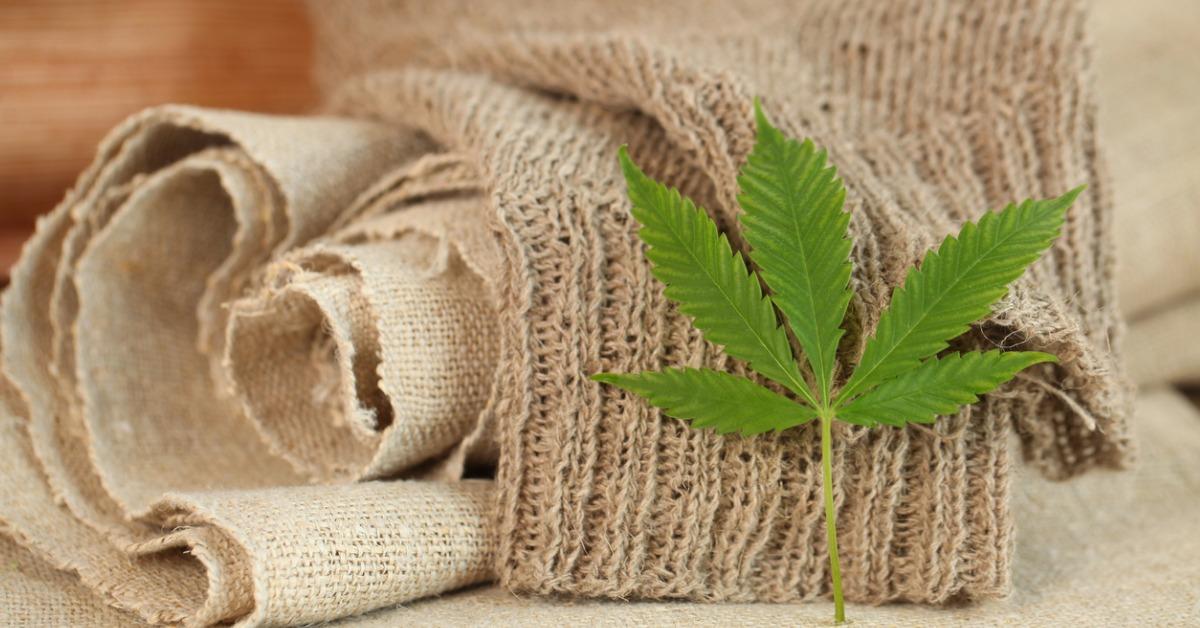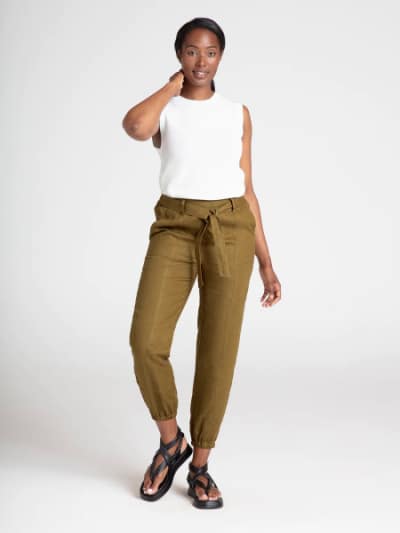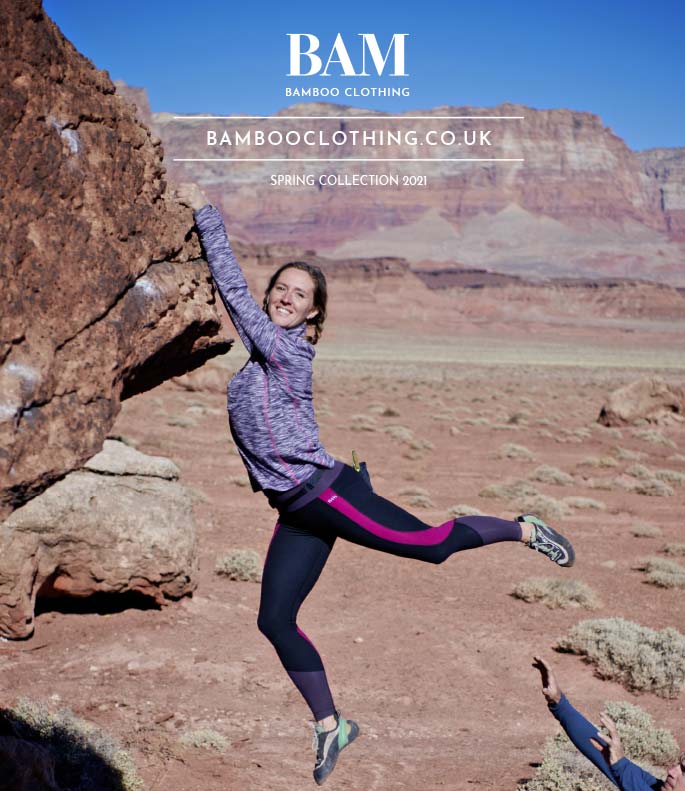Good Info On Selecting Bamboo Clothes
Wiki Article
Why Is It That Hemp Is Stronger, More Durable And Bi-Degradable Than Cotton?
Hemp is believed to be more biodegradable due to its inherent qualities as well as the way it is grown. Here's why- Biodegradability-
Natural FiberNatural Fiber Hemp is a natural plant fiber, and its fibres are biodegradable. Hemp clothing and textiles decompose in a natural manner over time. They are returned to the environment, without leaving behind a long-lasting trash. Compare this to synthetic fibers like polyester, which may take hundreds of years to break down.
The absence of synthetic additives Hemp textiles usually do not contain chemicals or synthetic additives that hinder biodegradability. Contrary to cotton textiles which may have chemical compounds made from synthetic materials (such as finishers or dyes) that could hinder biodegradation, hemp fibers aren't.
Durability-
Hemp fibres are known to be tough and long-lasting. Hemp fabrics, clothing and other products are more robust than cotton. That means hemp clothes can last longer before it begins to show signs of wear and tear.
Hemp fabric is less prone to pilling which results in the formation of tiny, fuzzy balls that form on the surface of the fabric. This characteristic enhances their overall quality and durability.
Regenerative Agriculture-
Soil Health- Hemp cultivation is regenerative when it is done in a sustainable manner. Hemp has an extensive root system which can help prevent soil erosion and compaction, and it can enhance soil health by opening up the soil and encouraging the activity of microbial. This regenerative ingredient will help keep the soil more suited to produce future crops.
Low environmental impact - Sustainable hemp farming methods make use of fewer herbicides and pesticides which minimizes the damage to the environment. Contrary to conventional cotton farming, the use of synthetic chemicals could result in soil degradation and pollution of the water.
Water Efficiency-
Hemp can be grown with lower water requirements than cotton. Because of its drought-resistant qualities hemp can be grown with little irrigation or rain. This makes it a efficient choice for water, particularly in areas that have limited water resources.
Crop Rotation- Hemp can be integrated into systems of crop rotation that can enhance overall soil health and reduce the chance of soil loss and the buildup of disease. Crop rotation isn't as prevalent in the traditional cotton farming.
Hemp is versatile and can be utilized in many ways, such as for textiles, clothing or construction materials. Hemp's versatility means that it can support many industries using sustainable, regenerative practices.
Although hemp has these benefits however, it is important to remember that both hemp and cotton can be grown sustainably or unsustainably, depending on the practices of farming and methods of processing. Pick hemp products made with eco-friendly, ethical practices to reap the maximum environmental advantages. Selecting organic cotton products can help reduce environmental impacts of conventional cotton production. Follow the recommended I loved this about hemp clothing for blog examples including hemp tank top, nomad hemp clothing, hemp clothing, patagonia ranch jacket, womens hemp clothing, hemp shirts, hemp clothing womens, hemp work pants, hemp shirts mens, wholesale hemp fabric and more.

What Is It That Gives Hemp Fibers Breathable, Moisture-Wicking And Thermoregulatory Properties?
Hemp fibers possess unique chemical and structural characteristics that make them breathable thermoregulation and moisture wicking. These properties are a result of a variety of factors. Microscopic structure- Hemp fibers possess pore-like hollow structures that allow air to circulate in the fibers. The porosity of hemp fibers allows them to be extremely air-tight. This structure, when woven or knitted, allows air to flow, which aids in ventilation, and preventing heat and humidity from building up against the body.
Wicking and Moisture Absorption- Hemp fibers are hydrophilic that means they have a strong affinity for water and absorb moisture easily. When you wear hemp clothing, these fibers can absorb sweat and moisture from your skin, thus reducing the sensation of wetness. Hemp fibers can also draw moisture away from your body by spreading the moisture across large areas, which makes it easier to evaporate the moisture faster. The ability to wick moisture keeps you dry and comfortable throughout physical activities or in hot conditions.
Hemp fibers can regulate the temperature naturally. They can trap warmth close to your body when it's cold, thereby providing warmth. In the summer, they let excess heat and moisture go away and help you to cool down. The inherent thermoregulation ability makes hemp clothing suitable for a variety of temperatures and activities.
Hemp fibers possess natural antimicrobial properties that help in preventing the growth and spread of bacteria responsible for odors. This property contributes to the freshness of hemp clothes, even when worn in the course of physical exercise.
Durable and long-lasting- Hemp fibers are strong and long-lasting, which means hemp clothing is able to withstand repeated wear and washing without losing its flexibility or ability to wick moisture away. This durability extends the lifespan of hemp garments, reducing the requirement for replacements and, consequently, the impact on the environment.
UV Protection from UV Hemp Fibers provide natural UV protection to shield skin from damaging UV radiation. This UV-blocking property adds to hemp clothing’s flexibility, making it ideal for outdoor pursuits.
It is vital to understand because these qualities are intrinsic and not dependent on chemical treatments. Hemp is a natural fibre with numerous qualities that make it a comfortable and sustainable for clothing. This is particularly true for outdoor wear, activewear, and warm-weather apparel. Furthermore, these qualities remain the same even after hemp fibers are transformed into textiles. View the best hemp clothing for blog recommendations including hemp jeans, jungmaven clothing, hemp clothing wholesale, wholesale hemp fabric, patagonia volley shorts, hemp jeans, hoodlamb coat, wholesale hemp fabric, hemp golf shirts, patagonia hemp island pants and more.

What Are The Advantages Of Bamboo Clothing In Terms Of Comfort And Environmental Impact?
Bamboo clothing can be eco-friendly and comfortable.
Bamboo fabric is popular for their extraordinary softness. It is a silky velvety texture that is easy to wear. Bamboo clothing is extremely soft and luxurious texture, which makes it popular for intimate wear, activewear, and loungewear.
Bamboo fibers breathe well and are able to absorb moisture. Micro-gaps allow for air circulation, which helps keep your body cool during hot weather. The moisture-wicking characteristics help remove sweat from your body, decreasing dampness.
Bamboo clothing is a great thermoregulating characteristics. It is able to keep you warm during cooler temperatures by capturing heat close to the body. In addition, it helps keep you cool in hot weather by allowing excess moisture and heat to evaporate. The ability to adjust clothing to temperature variations lets to wear it throughout the year.
Hypoallergenic Bamboo is hypoallergenic in nature and gentle on sensitive skin. It's less likely to trigger allergies or cause irritation. This makes it a great option for people with allergies and skin sensitivities.
Bamboo fibers contain natural antimicrobial properties that prevent the growth and spread of odor-causing bacteria. This property contributes to bamboo clothing remaining fresh, even when exercising.
Environment-
Sustainability Bamboo is a sustainable and renewable resource. It is among the fastest-growing plants worldwide and requires little water and the use of herbicides and pesticides in cultivation. Bamboo is able to be harvested without harming the plant because it regenerates by regenerating its roots.
Bamboo is naturally water efficient. It can grow with little irrigation, and is often grown with rainwater only. This minimizes the environmental impact of water usage in the field of agriculture.
Biodegradability. Bamboo clothing naturally breaks down in time when removed. This feature reduces the accumulation of textile waste that is non-biodegradable landfills.
Carbon Sequestration- Bamboos are able to capture carbon dioxide (CO2) from the atmosphere in their rapid expansion. Bamboo can be used as a carbon sink to assist in the fight against climate change.
Chemical Reduction. Bamboo fabric production typically requires lesser chemical treatment and processing than other fabrics. Therefore, the industry of textiles has a lower environmental impact.
Closed-Loop Manufacturing- Certain manufacturing methods for bamboo fabrics utilize closed-loop production, which recycles and reuses water and chemicals to reduce waste and pollution.
It is important to be aware that the impact on the environment for bamboo clothing is different according to whether it's produced using sustainable and responsibly managed bamboo forests. To reap the maximum environmental impact, customers must look for bamboo clothes that is produced using eco-friendly and ethical practices. Have a look at the recommended I loved this on bamboo clothing for site tips including bamboo trousers women, bamboo ave shorts, bamboo fabric clothing, bamboo cay shirts christmas, bamboo tee shirts, bamboo childrens clothing, bamboo hawaiian shirts, bamboo jeans brand, bamboo tee shirts mens, bamboo pajama pants and more.
